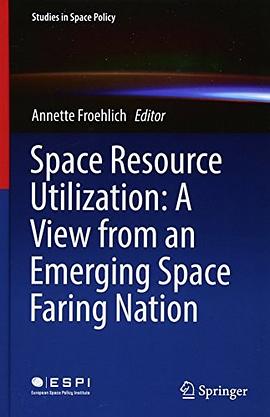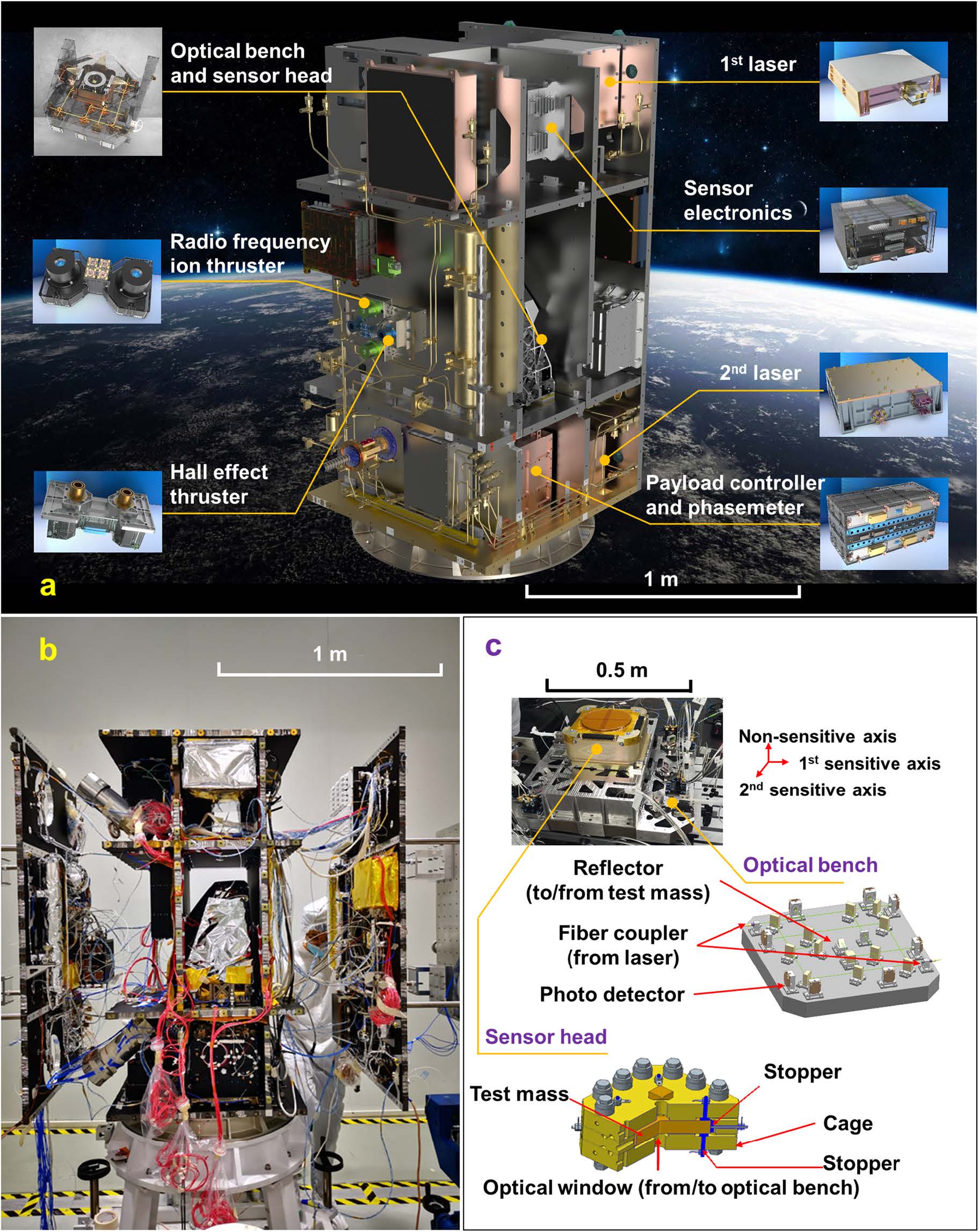Understanding the Weight of a Space Traveler Weighs 540 N on Earth: Implications for Space Exploration and Gravity
Guide or Summary:IntroductionUnderstanding Weight and GravityWeight (W) = Mass (m) × Gravitational Acceleration (g)Mass (m) = Weight (W) / Gravitational Acc……
Guide or Summary:
- Introduction
- Understanding Weight and Gravity
- Weight (W) = Mass (m) × Gravitational Acceleration (g)
- Mass (m) = Weight (W) / Gravitational Acceleration (g)
- Mass (m) = 540 N / 9.81 m/s² ≈ 55.0 kg
- The Effects of Weightlessness
- Implications for Space Missions
- Future of Space Exploration
**Translation of the phrase:** A space traveler weighs 540 N on Earth.
---
Introduction
In the fascinating realm of space exploration, understanding the fundamental principles of physics, particularly gravity, is crucial. One intriguing aspect is encapsulated in the phrase a space traveler weighs 540 N on Earth. This statement not only provides insight into the weight of an astronaut but also opens the door to discussions about the effects of gravity on the human body, the challenges of space travel, and the implications for future missions.

Understanding Weight and Gravity
Weight is the force exerted by gravity on an object. It is calculated using the formula:
Weight (W) = Mass (m) × Gravitational Acceleration (g)
On Earth, the average gravitational acceleration (g) is approximately 9.81 m/s². Therefore, if a space traveler weighs 540 N on Earth, we can determine their mass. Rearranging the formula gives us:
Mass (m) = Weight (W) / Gravitational Acceleration (g)
Substituting the known values:

Mass (m) = 540 N / 9.81 m/s² ≈ 55.0 kg
This calculation reveals that the astronaut has a mass of about 55 kg, a typical figure for an individual in good health.
The Effects of Weightlessness
When a space traveler ventures beyond Earth's atmosphere, they experience microgravity conditions, often referred to as weightlessness. In this environment, the effects of gravity are significantly reduced, which can lead to various physiological changes in the human body. Research has shown that astronauts can experience muscle atrophy, bone density loss, and fluid redistribution while in space.
Implications for Space Missions
Understanding the weight of a space traveler, such as a space traveler weighs 540 N on Earth, is crucial for mission planning. Engineers and scientists must account for the physical condition of astronauts when designing spacecraft, life support systems, and exercise regimens to mitigate the adverse effects of long-duration space missions. For instance, astronauts are required to engage in regular exercise to maintain their muscle and bone health while in space.

Future of Space Exploration
As humanity plans for future missions to Mars and beyond, the knowledge gained from studying the effects of weight and gravity on space travelers will be invaluable. Understanding how to support astronauts physically and mentally during extended missions will be critical for the success of these endeavors.
In conclusion, the phrase a space traveler weighs 540 N on Earth serves as a gateway to a deeper understanding of the complexities involved in space travel. From the fundamental principles of weight and gravity to the physiological challenges faced by astronauts, every aspect is interconnected. As we continue to explore the cosmos, the lessons learned from these experiences will pave the way for future generations of space explorers, ensuring that we can overcome the challenges of weightlessness and thrive in the vastness of space.